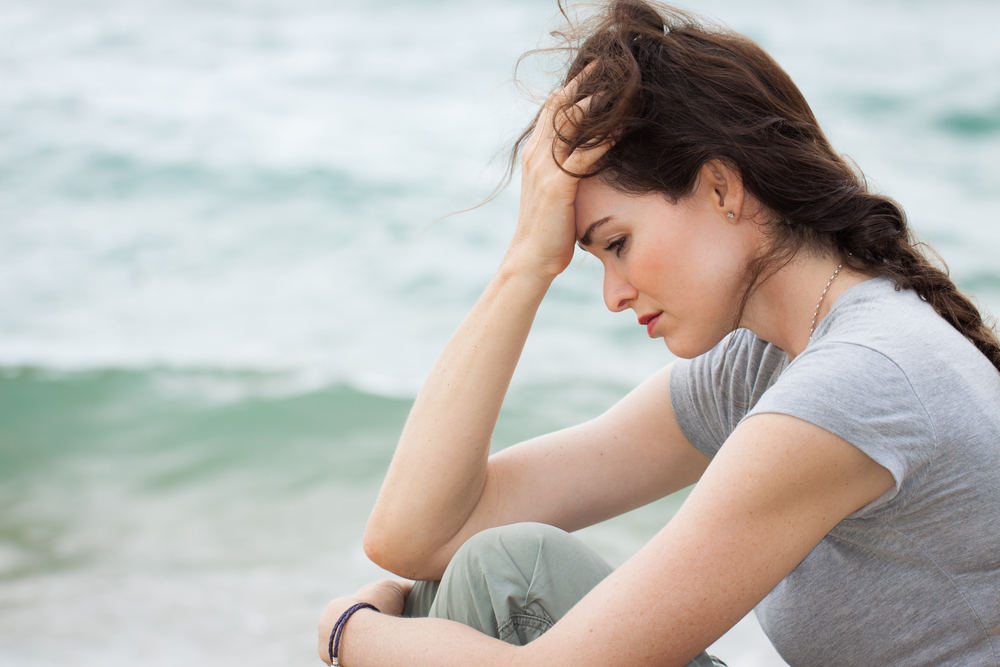
TORONTO—Light-box therapy typically used to treat people with seasonal affective disorder, or SAD, during the winter months can also ease symptoms of depression that occur throughout the rest of the year, a study suggests.
Researchers found that patients with non-seasonal major depressive disorder (MDD) who received both light therapy and an antidepressant improved more than those given just one therapy.
“Light therapy is a low-cost treatment option with few side-effects, and our findings show it could benefit many patients,” said study co-author Dr. Anthony Levitt, a psychiatrist at Sunnybrook Health Sciences Centre in Toronto.
He added that researchers were surprised by just how effective the combination treatment proved to be.
The clinical trial involved 122 patients who were randomly assigned in roughly equal numbers to receive one of four treatments: light therapy and an antidepressant; light therapy and a placebo pill; an antidepressant with exposure to a sham light box; and both access to a sham light box and a dummy pill.
Patients who received an antidepressant were treated with fluoxetine (sold under the brand name Prozac), and those given light-box therapy were exposed for 30 minutes each day during the eight-week study.
Levitt said 75 percent of the patients given the combination of light and drug therapy saw an easing of symptoms, which can include persistent and consistent low mood, poor concentration, and changes in sleep and appetite.
About half of the patients treated with active light therapy and a placebo pill experienced similar improvement, while only about 30 percent of those given the active antidepressant with a sham light, or the sham light and dummy pill, got better, he said.
That 30 percent response for the latter—called the placebo effect—is typical in any clinical trial testing a drug or another therapy.
“We don’t usually get response rates in the range of 75 percent in any depression trials,” said Levitt, chief of Sunnybrook’s brain sciences program. “So the magnitude of the difference was surprising to us.”
Adding light therapy to the antidepressant treatment also reduced patients’ symptoms much more quickly, he said.
“In the combination group what we saw was continued improvement each week across the eight weeks. The greatest reduction is in the first one to two weeks—that’s true of all antidepressant trials—but improvement continued even up until eight weeks.”
Light therapy has long been used to treat SAD, but its effects in patients with non-seasonal depression were not well-known.
“What we’re showing here is that light works in non-seasonal depression and it works at any time of the year,” said Levitt. “The season in which (patients) were treated made no difference to the outcome.”
While medications are effective in treating depression, they work in only about 60 per cent of cases, said study co-author Dr. Raymond Lam, a psychiatrist at the University of British Columbia.
“It’s important to find new treatments because our current therapies don’t work for everyone,” Lam said in a statement. “Our findings should help to improve the lives of people with depression.”
However, the researchers stopped short of recommending that people with depression self-treat with light boxes, saying their findings need to be replicated by other scientists in trials involving more patients.
As well, some people should not use light therapy, said Levitt. Those with retinal and certain other eye disorders should not sit in front of a light box, nor should those with bipolar disorder, as exposure could set off an episode of mania.
“It still should be prescribed by a physician,” Levitt said.
The study was published Wednesday in the journal JAMA Psychiatry.